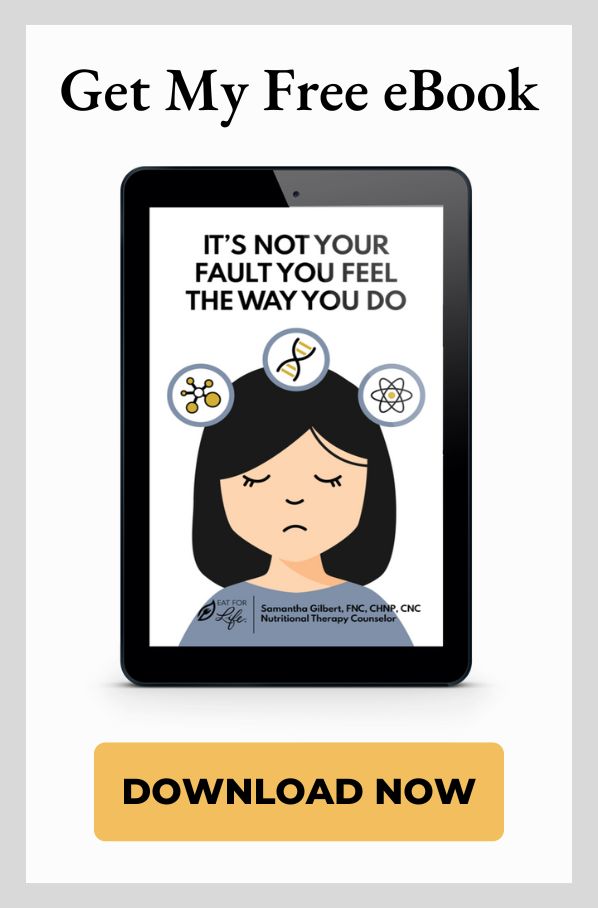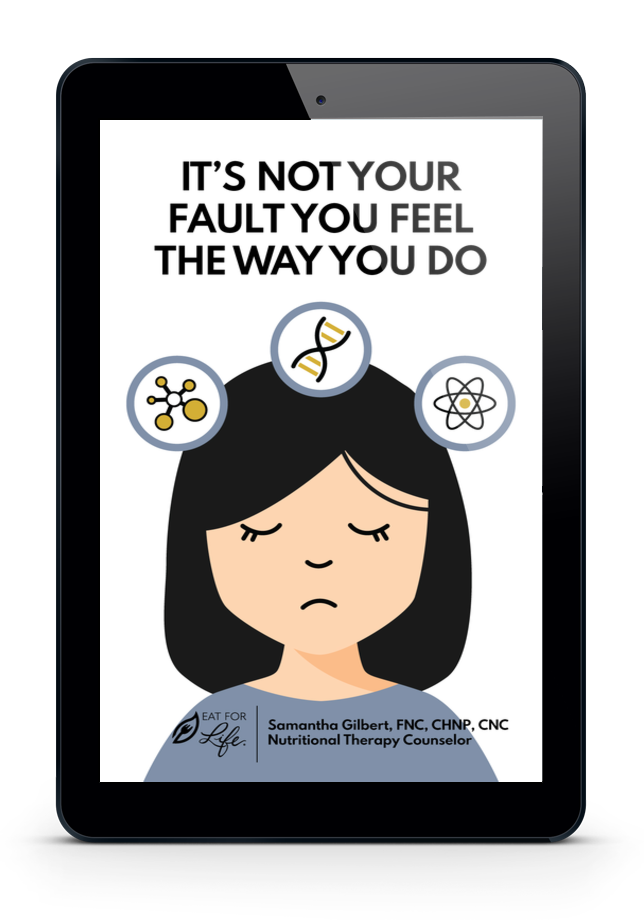Can breast implants cause health problems? How common is breast implant illness and what are the symptoms associated with it? These are important questions to ask if you or a loved one have breast implants and are experiencing symptoms you never had before implantation.
Yes, breast implant illness is a real condition that has occurred in thousands of women who have undergone this procedure. Reports of complications have been published in medical journals and discussed at public FDA meetings. There are many risks associated with breast implants. Any woman thinking about getting, removing, or replacing older implants needs to be aware of these risks. In 2019, 1.7 million women had breast implant surgery making it the most popular plastic surgery in the world.
Also in 2019, there were just under 55,000 implant removal procedures in the United States alone including augmentation and reconstruction patients, compared to 47,000 removals in 2017. This along with Allergan’s recall of their BIOCELL textured breast implants in 2019 has led to more and more women waking up to the reality that breast implants are not safe. Despite recalls, these textured implants are still in doctors’ offices, are still being put into women, and more importantly, are still being promoted as safe because they supposedly have “a much lower rate of developing capsular contracture.”
Sadly, what’s never disclosed is how manufacturers use investigational device exemptions to get their products to market without long-term studies on the safety and efficacy of their products. A common nefarious practice that has been going on in the medical device industry for decades. Only two percent of medical devices are actually tested on humans before approval. This means 98 percent of medical devices get approved with the FDA’s Premarket Notification 510(k) process, a process that allows manufacturers to get away with murder, in my opinion.
Copper IUD’s are another medical device touted as a safe alternative to hormone-based birth control but the real-world evidence from women all over the globe illustrates another unfortunate reality, a problem I routinely talk about.
To understand how this industry operates, I highly recommend the Netflix documentary The Bleeding Edge.
To learn more about breast implant illness, check out my special 2-part podcast with Danielle Valoras, a breast implant illness survivor and creator of the Breast Implant Health Summit. You can also find the Eat For Life podcast on Apple Podcasts, Spotify, Google Podcasts, or wherever you listen to podcasts!
What is breast implant illness?
Breast implant illness (BII) is defined as any symptom or diagnosis you experience postoperatively. Breast implants are major endocrine disrupters that affect every system in the body, especially the neurological, endocrine, and gastrointestinal systems. Regardless of the brand or type, all breast implants contain platinum and silicone, both of which have been linked to autoimmune, connective tissue, and other painful diseases and conditions.
According to the National Institute of Environmental Sciences, endocrine disrupters are “Many chemicals, both natural and man-made, that may mimic or interfere with the body’s hormones, known as the endocrine system. These chemicals are linked with developmental, reproductive, brain, immune, and other problems.”
In addition to breast implants, a few endocrine disruptors that most women come into contact with every day include BPA (thermal paper that receipts are printed on is a big one), phthalates found in cosmetics (think nail polish), glyphosate (Round-up) that is used heavily in grain production (yes, even “gluten-free” grains), and triclosan that is used in anti-microbial and personal care products such as body wash.
What are the symptoms of breast implant illness?
All breast implants negatively impact the immune system and create a cytokine response regardless of the brand or type of implant. It’s a myth that saline is somehow safer than silicone due to the silicone shell. There are over 40 toxic chemicals and heavy metals in silicone which are known endocrine disruptors, highly inflammatory, and carcinogenic.
Common symptoms and disorders I see in my clinic postoperatively include but are not limited to:
| Chronic fatigue | Brain fog | Memory loss |
| Trouble concentrating | Headaches or migraines | Joint and muscle pain |
| Hair loss | Frequent infections | Swollen lymph nodes |
| Skin rashes and itching | Food intolerances | Digestive distress |
| Thyroid imbalances | Depression and anxiety | Panic attacks |
| Hashimoto’s or Grave’s disease | Multiple Sclerosis | Lupus |
| Vertigo | UTI infections | Yeast infections |
| Fibromyalgia | Heart palpitations | Inability to lose or gain weight |
| Rheumatoid Arthritis | Sjogren’s Syndrome | POTS |
When do breast implant illness symptoms start?
Your immune system will react to a foreign object being placed in your body and it will mount an attack, which causes immune dysfunction and often, the diagnosis of an autoimmune disease(s). An overwhelmed immune system will eventually attack itself instead of attacking the invader implant. This is because implants slowly diffuse their contents into your system, even without being ruptured, a process that happens differently for each woman.
Additionally, saline breast implants have valve ports that can collect mold and colonize the implant. Mold toxicity is a common underlying cause of a wide variety of health conditions such as Mast Cell Activation Syndrome, IBD, histamine intolerance, rheumatoid arthritis, fibromyalgia, lupus, and many others. This is because mold microorganisms produce metabolites know as biotoxins and the interior breast implant capsule is the perfect environment for these toxins to grow and create an infection. Textured breast implants provide spaces for infections to thrive, which can further aggravate the immune system as they fragment over time.
To make silicone into a cohesive gel, it is bound with platinum but this cross-linking does not create an indestructible barrier so smaller silicone molecules are free to do whatever they want, which leaves a chance for diffusion and permeability both ways.
Furthermore, platinum disrupts the GI tract, and silicone has been shown to cause granulomas and lymphomas as well as cell death. Despite the clever use of language and trickery by manufacturers such as breast implants “might cause lymphoma issues” the truth is that lymphoma is a man-made cancer, plain and simple
For some women, symptoms begin within a few months, others, a few years. Genetics plays a role here, but so does your medical history and health status at the time of your implant surgery. For example, if you had an autoimmune disease at the time of implantation (which is contraindicated and your doctor should tell you this), you have an even greater chance of developing additional autoimmune diseases and infections because your immune system is already compromised.
How can you recover from breast implant illness?
Once you come to terms with the fact that your implants are the cause of your suffering, I recommend going straight to explant. I’ve worked with too many women that wasted precious time and money on testing and misdiagnosis with multiple practitioners. You simply cannot heal when the root cause of your suffering is still in your body.
Additionally, the scar tissue surrounding breast implants becomes saturated with toxins from the silicone, so the capsules must come out for full healing to occur.
Testing for Breast Implant Illness
If you want to get an idea of the level of platinum in your body, you can order a hair test through Hair Diagostix lab in the Netherlands. If you have silicone-induced granuloma of the breast implant capsule (SIGBIC), check to see if insurance will cover an MRI (with or without contrast) to detect silicone bleeding.
In my clinic, explant firstline therapy includes testing for nutrient deficiencies and overloads, autoimmune markers, thyroid levels, as well as a deep dive into gut and liver inflammation. Nutrient therapy is powerful but must be done in stages to minimize intense detoxification responses. Many of the BII women I work with are copper toxic/estrogen dominant and have difficulty detoxing due to imbalanced methylation, so I like to test these levels as well. Keep in mind, this is a shortlist and is dependant on the individual because BII impacts every woman differently.
Final Thoughts
If you have already begun to question whether or not you have breast implant illness and your medical provider is gaslighting you, then I encourage you to find someone else that will truly listen to your concerns and provide a compassionate approach to healing. I’m passionate about this topic because I’ve walked with several clients through their BII healing journey and I want you to know you are not alone.
Please know you are not crazy, it’s not all in your head and yes, you can do something about it.
I offer a free 1:1 consultation to help you disconnect from the hype and the marketing jargon, and address the root cause(s) of your discomfort. It’s time for your healing journey to truly begin.






